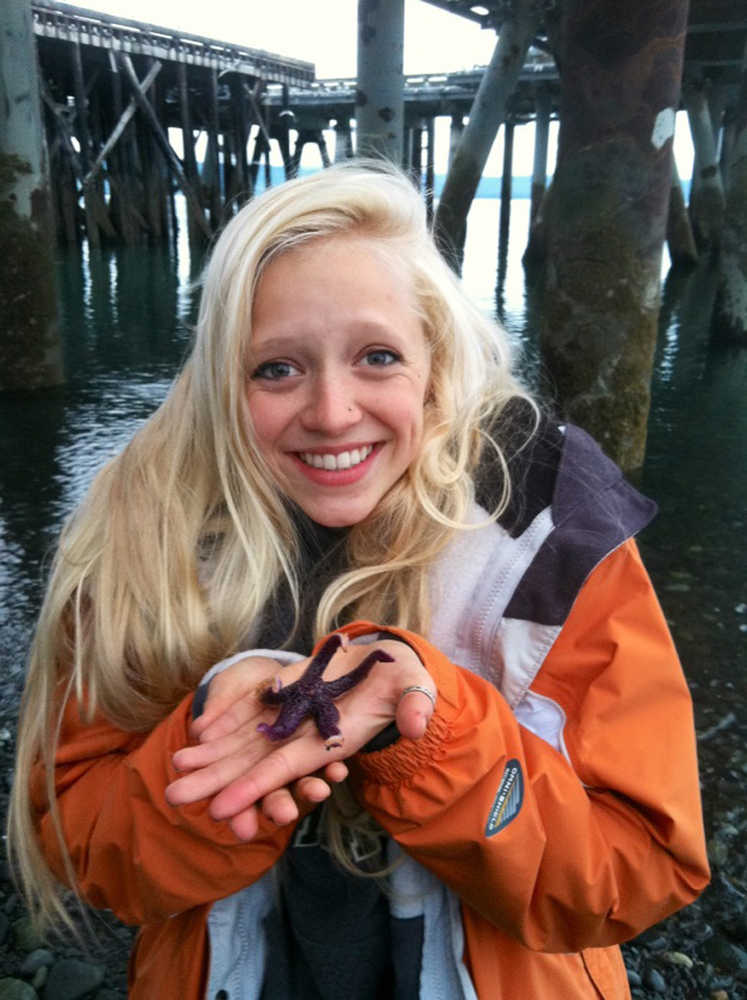I saw the moon for the first time this summer. Waking up at 2AM brings a new perspective to the seemingly perpetual daylight of Alaskan summers. However, this darkness didn’t last long, and after a blurry-eyed car ride, I found myself at the turnoff to Skilak Lake Road. Here, Toby Burke and I prepared for the 50 stops to come this morning as we waited for 4AM. It was time, once again, to collect data for the National Breeding Bird Survey on one of the many designated routes within the Kenai National Wildlife Refuge.
The Breeding Bird Survey is a North American survey beginning in 1966, and is designed to get a wide-spread idea of bird population numbers. These numbers are then compared to prior years to track the changes in bird distribution. The surveys are performed in the US, Canada, and Mexico. The Kenai National Wildlife Refuge began doing the surveys annually in 1982, and now have the largest continuously run routes in Alaska. Currently, the refuge monitors four routes – two on the refuge and two off of the refuge.
When species numbers are shown to have dramatic changes across the years, this is not a reason to panic and assume endangerment. One common explanation for this phenomenon is some species are timed to spruce cone crops, and when the crops are not abundant, the birds will travel to a new location to breed. As the birds on the Kenai Peninsula migrate back to breed, they do not return to the exact location each year. Naturally, the birds will breed in the areas giving the highest success for their offspring.
So why start as early as 4AM to survey, you may ask? The birds do most of their singing to attract a mate between the hours of 4 and 9AM, and even then there are very specific restrictions on survey conditions. In order to have the highest amount of detectability (meaning hearing the song of the birds present in the area), the prevailing winds cannot be above 10mph and there cannot be rain or fog. These weather trends tend to put the birds, shall I say, under the weather. The refuge performs the survey after June, which allows enough time for the birds to migrate into the area and begin singing. By mid-July the singing is done and the birds are now rearing their young.
Today, our first 39 destination points were along Skilak Lake Road, with the remaining 11 being on Mystery Creek Road. The survey is conducted by stopping every half mile and listening to the songs for 3 minutes. Simultaneously the number and species present is written. Studies have determined three minutes to be the optimum time to hear the majority of the species present in the area while still allowing 50 stops to be completed before 9AM. In addition, the start and end time is recorded, weather conditions are noted, and a new temperature reading is made every three stops.
Some of the species the Kenai National Wildlife Refuge observes include Swainson’s Thrush, American Robin, Varied Thrush, Yellow Rumped Warbler, and my personal favorite, the Olive-Sided Flycatcher.
Some other interesting non-bird species Toby has seen along his routes are multiple moose, and the occasional bear, wolf, and lynx crossing his path. These enthralling sights make his surveys even more enjoyable.
Because almost all of the bird species are detected with auditory senses, the surveyor must be proficient at detecting the location of each bird while keeping a mental map of what species are singing at which site. Avid birders on the refuge work very hard to protect their ears.
Toby has been acquiring a vast amount of knowledge and familiarity with bird calls and vocalizations for over 30 years now, and is extremely proficient. His passion for birds is contagious and it is hard for one not to be entranced by the mystery of the bird calls when doing field work with him. The variety of song combined with the beauty of the refuge is the most peaceful way to spend my morning – besides sleeping that is. Some birds have mnemonics used to identify the call such as the Olive-Sided Flycatcher’s distinct “Quick! Three Beers!” song.
Do you have experience in bird calls and are interested in being a part of the Breeding Bird Survey? There are opportunities to join the citizen science project and volunteer to perform the survey on abandoned routes. I encourage you to jump in and contribute your knowledge to a nationwide project!
Are you interested in hearing the breeding songs of birds present locally? The best time to hear the songs is one half hour before sunrise through 10AM. Do you want to learn different calls and songs of birds? There are many resources ranging from CD’s to internet sites to phone apps.
Bri Kilbourne is a biological intern at the Kenai National Wildlife Refuge. For more information regarding Breeding Bird Surveys please visit https://www.pwrc.usgs.gov/bbs/about/.

